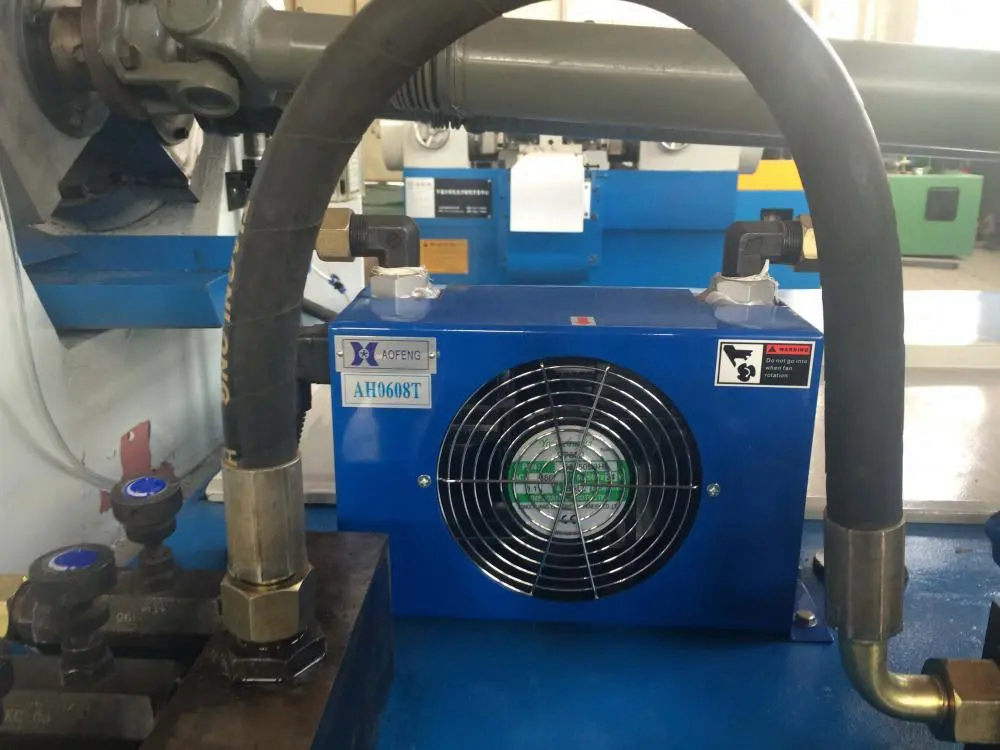
The Evolution and Impact of Stud and Track Making Machines
In the realms of manufacturing and construction, the significance of precision-engineered components cannot be overstated. Among these components, studs and tracks are particularly vital, commonly used in the framework of buildings, walls, and various structural applications. The advent of stud and track making machines has revolutionized the way these essential elements are produced, enhancing efficiency, accuracy, and scalability.
Historically, the production of studs and tracks relied heavily on manual labor and rudimentary tools, making the process labor-intensive and time-consuming. The introduction of mechanization marked a turning point, but it was only with the development of advanced stud and track making machines that the industry witnessed a true transformation. These machines are designed to automate the processes of cutting, bending, and assembling metal sheets into the required profiles with minimal human intervention.
Modern stud and track making machines come equipped with cutting-edge technology, including computer numerical control (CNC) systems. This enables precise control over the manufacturing process, allowing for intricate designs and exact specifications to be met consistently. The integration of software systems allows operators to input designs and adjust parameters with ease, essentially streamlining the workflow. This kind of efficiency not only reduces production time but also minimizes waste, making the process more environmentally friendly.

One of the most significant advantages of using stud and track making machines is the consistency and quality of the products they produce. Manual production methods often led to variations in size and strength, which could compromise the structural integrity of buildings. In contrast, the precision offered by modern machines ensures that every stud and track meets stringent quality standards, thus enhancing safety and durability in construction projects.
Furthermore, the rapid advancement in technology, including the use of materials such as galvanized steel and aluminum, has expanded the capabilities of stud and track making machines. These machines can now produce lightweight yet robust profiles that cater to diverse construction needs, from residential homes to commercial buildings. Their adaptability makes them integral to the evolving landscape of modern architecture.
On a broader scale, the proliferation of stud and track making machines has contributed significantly to the manufacturing sector’s competitiveness. As businesses seek to optimize their operations, the ability to produce high volumes of parts quickly and accurately gives them an edge in meeting client demands and fulfilling project deadlines. This responsiveness is particularly crucial in an economy where efficiency is paramount.
In conclusion, stud and track making machines have transformed the manufacturing processes associated with essential construction components. Their ability to enhance precision, improve productivity, and ensure quality has made them indispensable in modern construction practices. As technology continues to advance, it is clear that the role of these machines will only increase, driving innovation and efficiency in the industry.